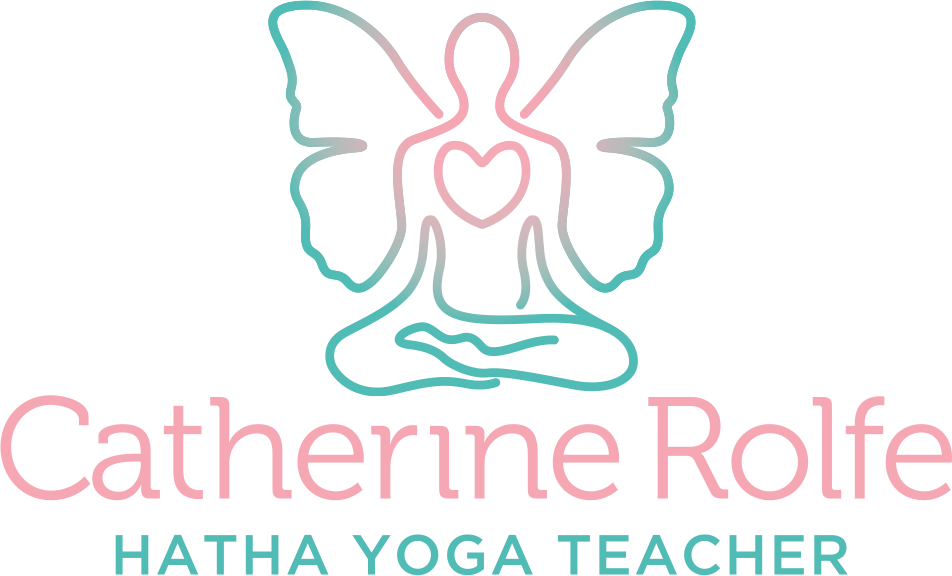Would you like more peace? More moments of your day, your life, where you feel peaceful or at peace? I suspect, that with the tendency of our modern lives to be increasingly busy, with seemingly unending demands for our time and attention, that we all want more peace.
But whilst peace can sometimes seem elusive, the reality is that the peace you seek is already within you. It is your essential nature. We can think of that essential self, as an always peaceful self. We can picture that self, as a clear white screen, still and peaceful. And all the thoughts, feelings, sensations we experience, are projections on that screen.
We are the peace we seek. The blank movie screen. Everything else is a projection of the mind.
So you never have to do anything to be peaceful. You are already peace. You are the ‘I’ that notices your thoughts, feelings and bodily sensations. You are the awareness.
If that is the case, why do we seem to find it so hard to realise this, and to connect to the peace within us? To use an analogy traditionally used in Yoga, as described by Swami Saradananda, if we now think of the mind as a lake, when the water is agitated, it makes it hard to see what is really there. When the water is still however, it is possible to see what is at the bottom. As Saradananda writes, ‘The same is true of your mind; as it calms you begin to see and experience inner peace.’
Therefore one reason peace can seem elusive, is because the nature of the mind tends to be restless – choppy, moving water. Some studies suggest we have upward of 60,000 thoughts a day. And each of these mental waves creates other further fluctuations of the mind, a ripple effect, which also results in a response in the body.
The system of Yoga is one of settling of the mind into silence. It helps us to more easily and readily recognise and return to our essential nature, the peace within us, by stilling the water, by quietening the mind.
The breath work, asana practice (postures) and dharana (concentration practice) we practice in Hatha Yoga can, in this way, help us to recognise and reconnect with our essential, peaceful self. And in the Buddhist tradition of teaching, meditation practices such as Shamatha and Vipassana, can help you to experience that you are not your thoughts, but instead the ‘I’ that notices. Vipassana means insight, relating to the insights that arise when we stop being drawn into the projections on the screen, the ‘thought stories’ and dramas. And Shamatha means ‘calm abiding’ – the ability to rest in peace with whatever arises.
So next time you find yourself craving peace, take a moment to pause and remember the peace you seek is already within you. Explore if you can practice recognising, that you are the always peaceful ‘I’ that is noticing what your experience. This awareness is the first step to being able to return to the peace within you.
© Catherine Rolfe Hatha Yoga Teacher 2023

